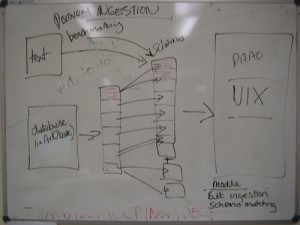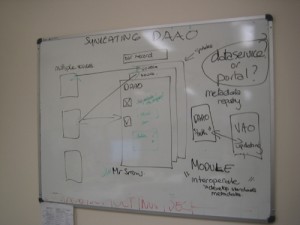SPAN6202: Spanish in Seville, Spain
9 January – 5 February 2011
Seville is the capital of Andalusia and is a great location to spend your summer holidays learning Spanish. Seville is home to 700,000 inhabitants and has a rich and varied history, bringing together a striking blend of Berber, Islamic and traditional Spanish cultures.
The course is run through the Centro de Lenguas e Intercambio Cultural (CLIC) – a leading Spanish language school that offers small group intensive language classes and a comprehensive social and cultural immersion program. The course is open to all UNSW undergraduate students. This is a 6UOC course that can be substituted for a course in a Spanish language major.
Course Fee
The fee is $2,300 per student. This covers:
- Four weeks of intensive Spanish language classes
- ‘Intercambio’ discussions – language conversation swaps with a native Spanish speaker
- Extra-curricular classes twice per week. Some examples include history, Spanish customs and traditions, phonetics and literature.
- Housing in a single room at a family homestay, including half board
- UNSW Travel insurance (covered by UNSW for its students on study tours)
How to Apply
To apply, download and fill in the application form:
http://www.studyabroad.edu.au/downloads/downloads/Seville%202011%20application%20form.pdf.
Applications are due on the 15th October, 2010. Please return the form to the Study Abroad Office, and contact Tom Küffer: t.kuffer@unsw.edu.au for more details or refer to: http://www.studyabroad.edu.au/downloads/pdf/Spanish%20in%20Seville.pdf



